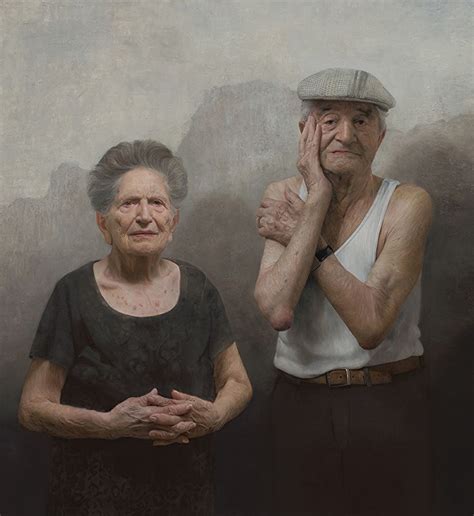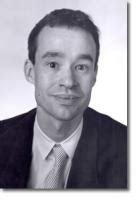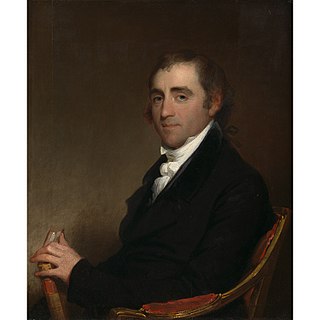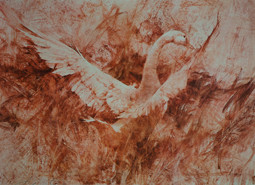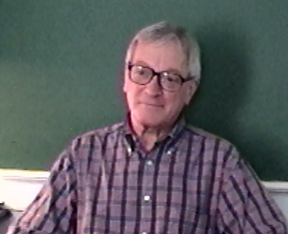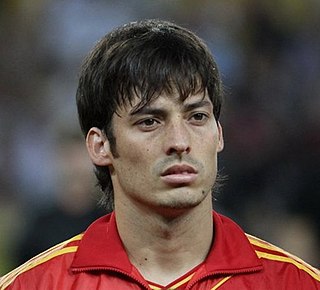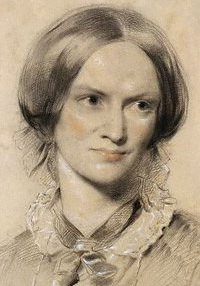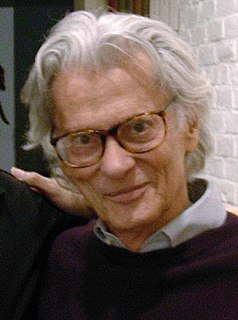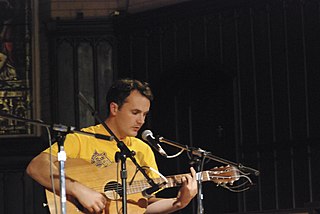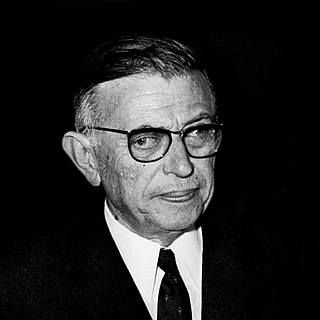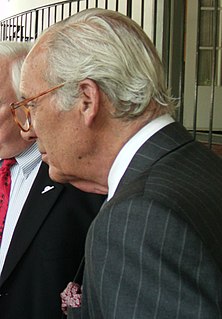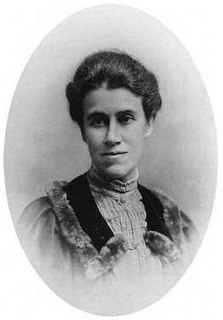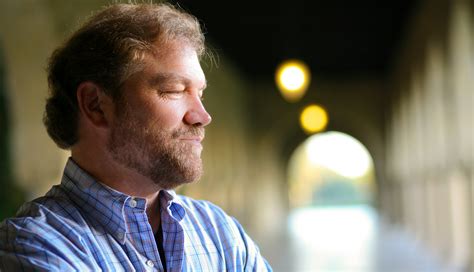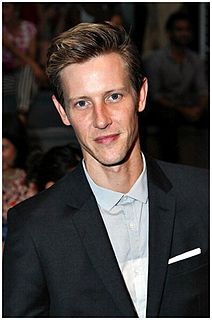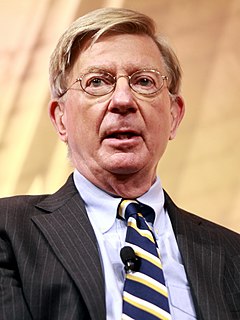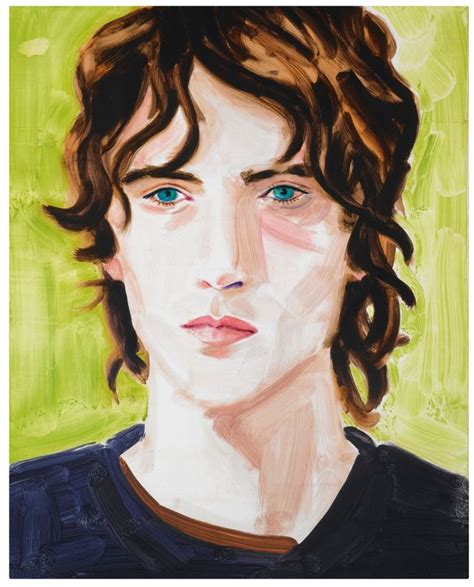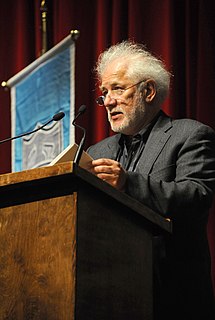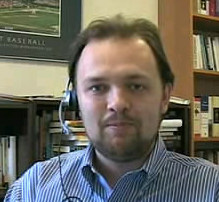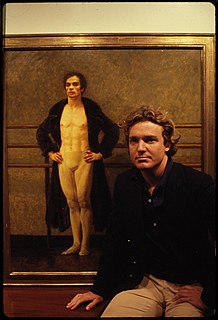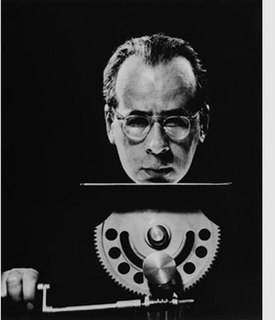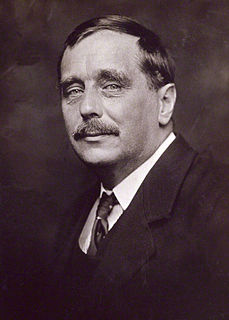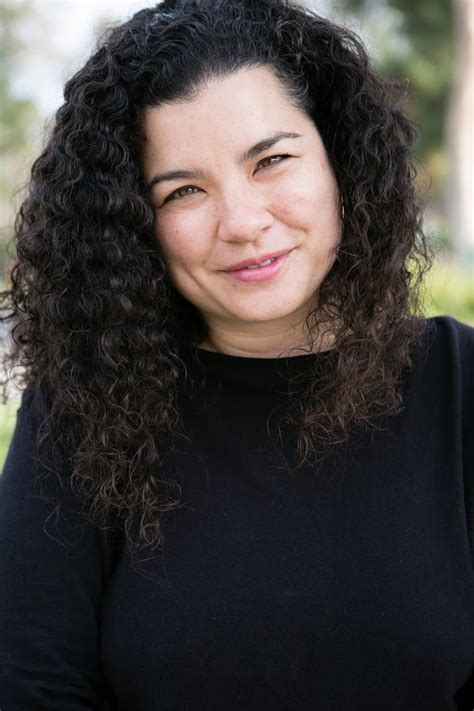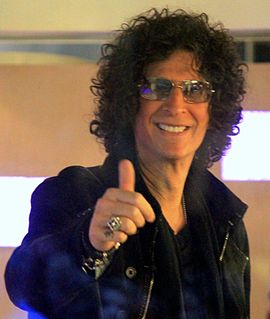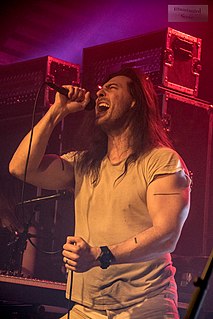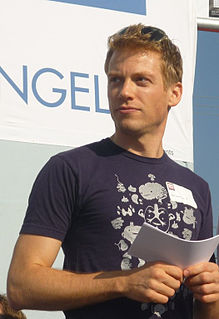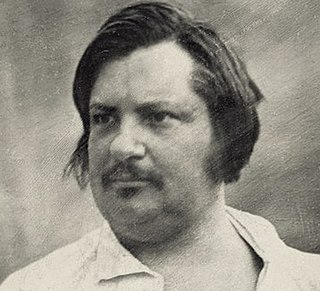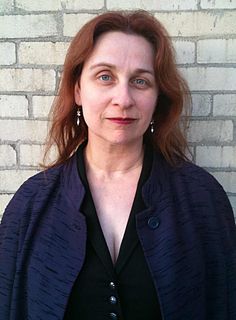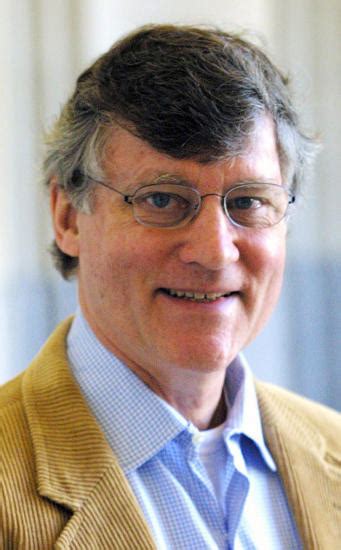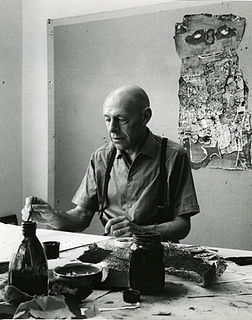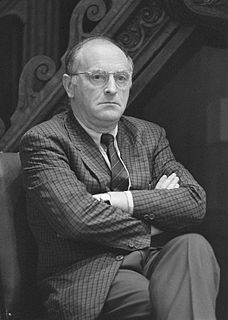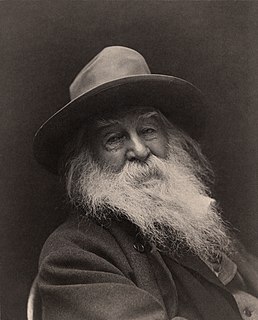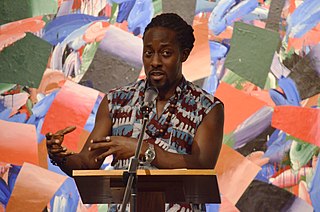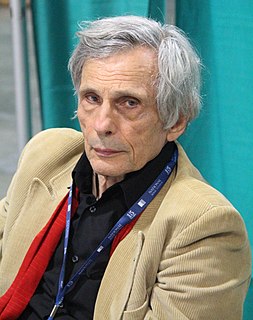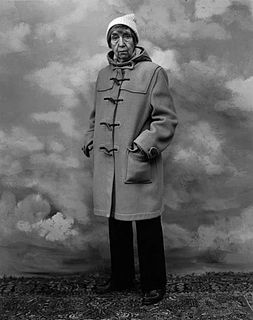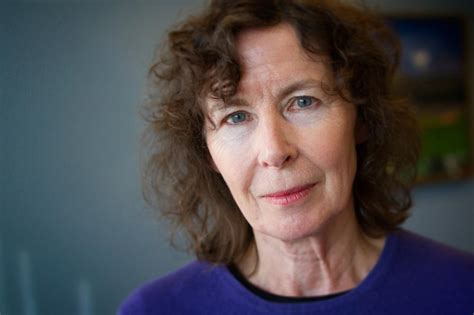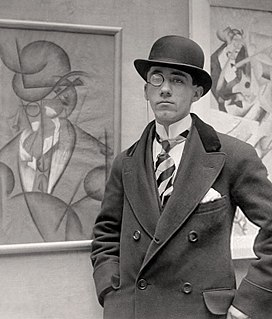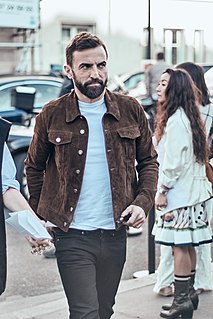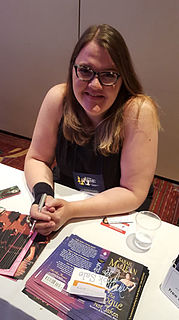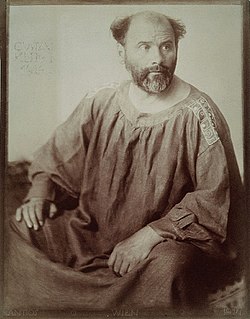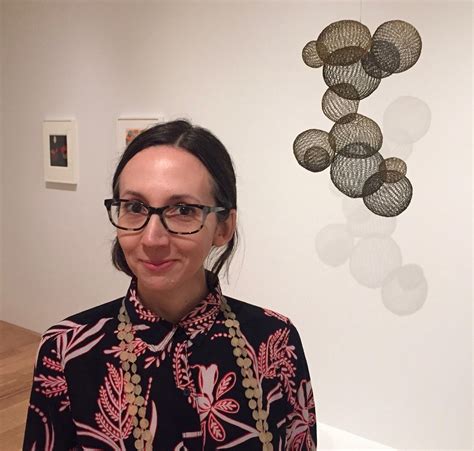Top 556 Portrait Quotes & Sayings - Page 9
Explore popular Portrait quotes.
Last updated on November 12, 2024.
I sort of feel that the role of a portrait in society is to represent the sitters, we see paintings of Shakespeare and we believe that it is what he looked like, well maybe a little older, fatter and with a higher hairline. I guess it would be cool if the portraits that were painted really did look like the sitter or expressed some sort of emotion that gave the viewers in the future a sense of the sitter's pathos at the time it was painted.
What Mr. Kaufman and his team are after is less a portrait of any one person than one of the ethos of a place. In the deliberate, simple staging ... in which eight radiantly clean-scrubbed performers embody 60 different people against a bare-bones set, 'Laramie' often brings to mind 'Our Town,' the beloved Thornton Wilder study of life, love and death in parochial New Hampshire.
The people as a body cannot deliberate. Nevertheless, they will feel an irresistible impulse to act, and their resolutions will be dictated to them by their demagogues... and the violent men, who are the most forward to gratify those passions, will be their favorites. What is called the government of the people is in fact too often the arbitrary power of such men. Here, then, we have the faithful portrait of democracy.
Let's say Twitter existed during the Civil War. We would have a better understanding of people in the Confederacy who were against slavery, people in the North who actually felt we should just let the South be the South. Because the way it is now, it seems like we have this portrait where everybody in Georgia hated Yankees and everybody in the North was enlightened. That wouldn't seem as clear cut as it does now.
You have bits of canvas that are unpainted and you have these thick stretcher bars. So you see that a painting is an object; that it's not a window into something - you're not looking at a landscape, you're not looking at a portrait, but you're looking at a painting. It's basically: A painting is a painting is a painting. And it's what Frank Stella said famously: What you see is what you see.
The Country Doctor Revisited is a fine achievement. Purporting to be an overview of the practice of medicine in rural areas, it is a splendid portrait of the practice of medicine everywhere. The special conditions that prevail in the countryside as opposed to the cities are examined, and each of these is illustrated by a case history that is as compelling as it is informative. It is presented in a highly readable form that would be accessible to the general public as well as to the deliverers of health care. I recommend it most highly.
When you see Pep on TV or read his words in the newspaper, it is the portrait of a man who is the ultimate professional. But when you work with him, you don't just come to see him as a coach. You learn about his qualities as a man. It is that side of Pep Guardiola that the people on the outside don't get to see.
Poetry is like a portrait of a moment or person, and the poem is almost like looking at a photograph; it slaps you in the face and kisses you at the same time. Nothing else does that, with that brevity. Songs try to do it, but that's three minutes. A poem, you read it and it kind of changes your life and you don't know how it happened and you can never forget it. It's like the best song lyric, the best line from a film-everything in the world that's short and great put together.
I had not seen "Pride and Prejudice," till I read that sentence of yours, and then I got the book. And what did I find? An accurate daguerreotyped portrait of a common-place face; a carefully fenced, highly cultivated garden, with neat borders and delicate flowers; but no glance of a bright, vivid physiognomy, no open country, no fresh air, no blue hill, no bonny beck. I should hardly like to live with her ladies and gentlemen, in their elegant but confined houses.
There's always been a separation between fashion and what I call my 'deeper' work. Fashion is where I make my living. I'm not knocking it. It's a pleasure to make a living that way. It's pleasure and then there's the deeper pleasure of doing my portraits. It's not important what I consider myself to be, but I consider myself to be a portrait photographer.
After I made 'A Crow Looked at Me,' I remember people saying things to me like, 'You've made a beautiful tribute to Genevieve.' And I felt like, no! No no no, I haven't. I made a tribute to my own destruction and desolation. This is not a portrait of her. That's not who she was. She wasn't just a person who died.
In life man commits himself and draws his own portrait, outside of which there is nothing. No doubt this thought may seem harsh to someone who has not made a success of his life. But on the other hand, it helps people to understand that reality alone counts, and that dreams, expectations and hopes only serve to define a man as a broken dream, aborted hopes, and futile expectations.
The future turns out to be something that you make instead of find. It isn't waiting for your arrival, either with an arrest warrant or a band, nor is it any further away than the next sentence, the next best guess, the next sketch for the painting of a life portrait that might become a masterpiece. The future is an empty canvas or a blank sheet of paper, and if you have the courage of your own thought and your own observation, you can make of it what you will.
If we could know as intimately as we know our more immediate parents the long line of ancestors through whom the family spirit has passed on its way to us, we should probably become fatalists in face of the apparently overwhelming evidence that there is nothing in us that has not come to us from, or at least through, the Family. Family portrait galleries are a striking confirmation of the persistence of characteristics which ultimately govern the fortunes of successive generations.
Everything is a self-portrait. A diary. Your whole drug history’s in a strand of your hair. Your fingernails. The forensic details. The lining of your stomach is a document. The calluses on your hand tell all your secrets. Your teeth give you away. Your accent. The wrinkles around your mouth and eyes. Everything you do shows your hand.
News at Work is a vivid, inside look at the collision of print journalism and electronic media. Based on close access to the leading news organizations in Buenos Aires, Boczkowski documents how contemporary journalism is caught in the grip of emulation; this spiral of imitation exacerbated further by global news media and their intensifying homogenization. The portrait of this transformation of the news is both fascinating and deeply worrying, and is guaranteed to provoke debate.
In Prodigal Son, Christine Sutton has penned a tight, brutally honest portrait of a psychopath reminiscent of Theodore Sturgeon's 'Some of Your Blood'. This dark descent into the broken mind of Timothy Robert Shively will send chills down your back. Every word rings true, and every page is dark with menace. Do yourself a favor and pick this one up right now. You can thank me later.
I've had a reoccurring dream about hanging out with Britney Spears, so maybe it would be fun to chill with her for a bit? Like, see what makes her tick. I had this dream once about Britney, that we were going to get married or something, and so I had to meet her parents but we were stuck on a beach in these sand dunes - and at this point between the dreams and self-portrait, you know way too much about me.
Long before Einstein told us that matter is energy, Machiavelli and Hobbes and other modern political philosophers defined man as a lump of matter whose most politically relevant attribute is a form of energy called "self-interestedness". This was not a portrait of man "warts and all". It was all wart - except that the dominating attribute was not considered a blemish.
If you look at the image [ Portrait of the Artist as a Shadow of His Former Self ], it treads on a kind of popular stereotypical image of the black figure, in both its flatness and slightly comic edge. To take that image as a starting point and to render it in a proto-classical medium, like egg tempera, and then use a repertoire of classical compositional devices to make the picture was a way of setting up an engagement with art history.
Cristina Eisenberg weaves her observations as a scientist and her personal experiences afield into a resonant account about the web of life that links humans to the natural world. Grounded in best science, inspired by her intimate knowledge of the wolves she studies, she offers us a luminous portrait of the ecological relationships that are essential for our well-being in a rapidly changing world. The Wolf's Tooth calls for a conservation vision that involves rewilding the earth and honoring all our relations.
Marie Antoinette: The Portrait of an Average Woman was one of those books I read in my mid-twenties that was life-changing. I think I had a very black-and-white view of Marie Antoinette before, but in reading that book, I developed a lot of empathy for her. She was just caught up in history. There was no place for a woman to do anything at that time anyway.
When I make a portrait,I cannot limit it tothe lines of the head, for that head belongs toa body, it exists ina setting which influences it, it is part of a totality that I cannot suppress. The impression you produce upon me is not thesame if I catchsight of youalone ina gardenor if Isee you in the midst of a group of other people, in a living room or on the street.
Between the kitchen and the destroyed chapel a door led into an oval-shaped library. The space inside seemed safe except for a large hole at portrait level in the far wall, caused by mortar-shell attack on the villa two months earlier. The rest of the room had adapted itself to this wound, accepting the habits of weather, evening stars, the sound of birds.
Independent of the critique I'm making, I'm just trying to paint a more comprehensive portrait of American religion than you get from a right versus left, religious conservatives versus secular liberal, believer versus atheist, binary. Too often, we just look at religion in America through that kind of either/or lens. I think it's much more complicated than that.
Judged by the stark, sure-footed portrait in Hard Time, Brian Azzarello and Richard Corben clearly have John Constantine down, cold and to the life. Azzarellos grasp of pacing, character and situation resonates through every scene with a black crystal clarity thats short of masterful, while Corben contributes what is, perhaps, one of the most darkly expressive pieces in a long, already-legendary career.
I am jealous of everything whose beauty does not die. I am jealous of the portrait you have painted of me. Why should it keep what I must lose? Every moment that passes takes something from me and gives something to it. Oh, if it were only the other way! If the picture could change, and I could be always what I am now! Why did you paint it? It will mock me some day—mock me horribly!
I have read all of Daniel Aaron's books, and admired them, but in The Americanist I believe he has composed an intellectual and social memoir for which he will be remembered. His self-portrait is marked by personal tact and admirable restraint: he is and is not its subject. The Americanist is a vision of otherness: literary and academic friends and acquaintances, here and abroad. Eloquently phrased and free of nostalgia, it catches a lost world that yet engendered much of our own.
Here and there, in some older houses, old faded daguerreotypes still hang on the walls... They seem to us to be very simple... compared with the artistic and skillful portraits made in later days... Here was a photograph that at one time had been the last word, a very modern portrait... Today it is just a part of cultural history. The small yellowed surface has acquired depth, an admonishing perspective. We hold in our hand a symbol of the structure and ideology of an epoch.
With a woman I try to photograph her beauty; with a man I try to show his character. Once I photographed a man with a big nose (Jimmy Durante), and emphasized his nose, and he was very pleased with the picture. That could not happen with a woman. The most intelligent woman will reject a portrait if it doesn't flatter her.
Well, I do not mind telling you I have been at work upon this geometry of Four Dimensions for some time. Some of my results are curious. For instance, here is a portrait of a man at eight years old, another atfifteen, another at seventeen, another at twenty-three, and so on. All these are evidently sections, as it were, Three-Dimensional representations of his Four-Dimensioned being, which is a fixed and unalterable thing.
Krys Lee has written a book of unforgettable stories, each one building on the other to create a complex, moving portrait of contemporary Korea and its diaspora. She guides us surely through the fallout of war, immigration, and financial crisis, always alert to the possibility of tenderness, transcendence, and even humor along the way. Lee is a writer who really understands loneliness, but her voice is so appealing, and her perceptions so wise, that we feel all the less lonely for knowing her characters and experiencing their lives.
I was told David Letterman and Kaufman had heart attacks on the same day: David Letterman's heart attack was at a hospital in NYC. Kaufman's heart attack was at the red light district in Amsterdam, Holland. I think Kaufman had more fun.
You're a great artist. I just love the way you painted my portrait.
Creating a portrait of a female point of view in an environment that we've pretty much exclusively understood through a male perspective - "Wall Street," "Wolf of Wall Street," "Arbitrage" - etc. was beyond exciting for me. It felt downright necessary. And I felt really inspired by Alysia Reiner and Sarah Megan Thomas' agenda in telling these types of unique, feminist stories. [Both of them produced and acted in "Equity."]
I think that deprecation part is a very important aspect because when someone looks into themselves, if they're going to be honest, they're going to see parts that are humiliating as well as parts that they might feel really great about. Take Lucas Samaras again, who made a lot of self-portraits. He makes one self-portrait where he is looking directly into the camera and looks so intense and cool. He says in an interview, "I wanted to present the best version of myself."
Someone made me a Leaf Coneybear finger puppet. Someone made me a portrait of me on some chocolate. I'm keeping it. I daren't eat such a work of art. It's so unique and so fun that fans do that. It's incredibly flattering. I like it when people spend time on me. People don't spend the same amount of time on my brother who's an insurance broker.
[Raphael's] great superiority is due to the instinctive sense which, in him, seems to desire to shatter form. Form is, in his figures, what it is in ourselves, an interpreter for the communication of ideas and sensations, an exhaustless source of poetic inspiration. Every figure is a world in itself, a portrait of which the original appeared in a sublime vision, in a flood of light, pointed to by an inward voice, laid bare by a divine finger which showed what the sources of expression had been in the whole past life of the subject.
Have you ever found your heart's desire and then lost it? I had seen myself, a portrait of myself as a reader. My childhood: days home sick from school reading Nancy Drew, forbidden books read secretively late at night. Teenage years reading -trying to read- books I'd heard were important, Naked Lunch, and The Fountainhead, Ulysses and Women in Love... It was as though I had dreamt the perfect lover, who vanished as I woke, leaving me pining and surly.
A Daring Life: A Biography of Eudora Welty is a beautifully written portrait of Eudora Welty and her amazing life. Carolyn J. Brown carries the reader through Welty's long, productive writing career and introduces her family and friends along the way. The book's very readable text, its lovely use of Welty quotes, and its excellent photographs make the work a treasure. This intimate look at Eudora Welty is a welcome addition for her readers.
I do not see in what way the face of a man should be a less interesting landscape than any other. A man, the physical person of a man, is a little world, like any other a country, with its towns, and suburbs.. ..As a rule what is needed in a portrait is a great deal of the general, and very little of the particular.
I hate to paint portraits! I hope never to paint another portrait in my life. Portraiture may be all right for a man in his youth, but after forty I believe that manual dexterity deserts one, and, besides, the color-sense is less acute. Youth can better stand the exactions of a personal kind that are inseparable from portraiture. I have had enough of it.
Mann was less interested, I think, in constructing any kind of "portrait of an age" than he was in delineating an individual consciousness in which profound struggles about identity and direction arise - struggles that Mann himself had not only reflected on but felt keenly. Visconti takes up this central focus of the novella, but he couples it with a more social perspective.
Because every book of art, be it a poem or a cupola, is understandably a self-portrait of its author, we won't strain ourselves too hard trying to distinguish between the author's persona and the poem's lyrical hero. As a rule, such distinctions are quite meaningless, if only because a lyrical hero is invariably an author's self-projection.
I see the President almost every day. I see very plainly Abraham Lincoln's dark brown face with its deep-cut lines, the eyes always to me with a deep latent sadness in the expression. None of the artists or pictures has caught the deep, though subtle and indirect expression of this man's face. There is something else there. One of the great portrait painters of two or three centuries ago is needed.
An up-close portrait of middle-class Nigeria exploring the boundaries of morals and public decorum. Pitched between humor and despair, with stripped-down, evocative prose, A Bit of Difference bristles with penknife-sharp dialogue, but its truths are more subtle, hiding in the unspoken. Ultimately, A Bit of Difference explores – with a hint of mischief–the problem of how to look like you have no problems when you have abundant problems–the universal problem of the socially-motivated classes.
'Empire of Self' is a loving portrait of a very difficult man. Jay Parini, himself a gifted novelist, poet and biographer, has gone very deep into the 'black energy' of Gore Vidal's relentless narcissism and megalomania. Parini envisions an epic battle between Vidal's angelic and demonic sides, yet there's very little of the angel in Vidal.
What people that are professionals in the art world - both in literature and the other arts - always try to do is to recognize the feasibility of making the transition from the particular to the general - to make the transition from the portrait of one postman - to take Van Gogh, for example, to something that is every postman. That synecdotal transition that most selfies don't make. But we who live in this world, and not simply in our private realities, understand that that's the transition our art has to make.
The challenge for me has first been to see things as they are, whether a portrait, a city street, or a bouncing ball. In a word, I have tried to be objective. What I mean by objectivity is not the objectivity of a machine, but of a sensible human being with the mystery of personal selection at the heart of it. The second challenge has been to impose order onto the things seen and to supply the visual context and the intellectual framework - that to me is the art of photography.
In The Moon, Come to Earth Philip Graham takes us on the best kind of journey, as he simultaneously reveals the fascinating city of Lisbon--its neighborhoods, its writers, its customs, its cuisine--and offers an intimate portrait of his beloved family. With his far-reaching intellect Graham is the ideal travelling companion, and The Moon, Come to Earth is a beautiful and surprising book.
It should also be born in mind that the research on 'movement' and the dynamic outlook on the world, which were the basis of Futurist theory, in no way required one to paint nothing but speeding cars or ballerinas in action; for a person who is seated, or an inanimate object, though apparently static, could be considered dynamically and suggest dynamic forms. I may mention as an example the 'Portrait of Madame S.' (1912) and the 'Seated Woman' (1914).
I believe there is a moment growing up when you build your own mood board. You do a collage - you collect a few things, a few images that will be so important for your future choices. Not only aesthetic, or what you like for dressing, but your artistic choices. The room where I put papers and pictures and posters on the walls when I was a kid, it's still very strong in my head today. This movie poster or that portrait of a girl I took from a magazine, deep inside, is inspiration that comes back all the time.
He who draws... ought to take his position so that the eye of the figure he is drawing is on a level with his own... because, generally, figures or people whom you meet in the streets all have their eyes at the same level as yours, and if you make them higher or lower you will find that your portrait will not resemble them.
You cheated!” He looked at her, wide-eyed with feigned outrage. “I beg your pardon. If you were a man, I would call you out for that accusation.” “And I assure you, my lord, that I would ride forth victoriously on behalf of truth, humility, and righteousness.” “Are you quoting the Bible to me?” “Indeed,” she said primly, the portrait of piousness. “While gambling.” “What better location to attempt to reform one such as you?
Before, the myth of photography doesn't lie was used in order to cover up tricks. If I [make a] portrait [of] you, accommodate you, illuminate you, put make up on you or use a filter, am I not manipulating reality? The only difference is that now I can do it from the computer in the postclick instead of the preclick. If I decide to photograph something instead of something else, I also manipulate reality. Of course a photograph can lie or commit abuse, but it always could.
I have never painted a self-portrait. I am less interested in myself as a subject for a painting than I am in other people, above all women... There is nothing special about me. I am a painter who paints day after day from morning to night... Who ever wants to know something about me... ought to look carefully at my pictures.
But when I realized it was actually going to be this portrait of the artist, birth to death, I had to then discover who Margaret as a young woman would be. I had to find the different voices for her throughout her life. I had a lot of fun discovering that. I had a lot of fun writing the childhood sections. By imagining her childhood, I was able to come up with this voice that matures as she gets older.
